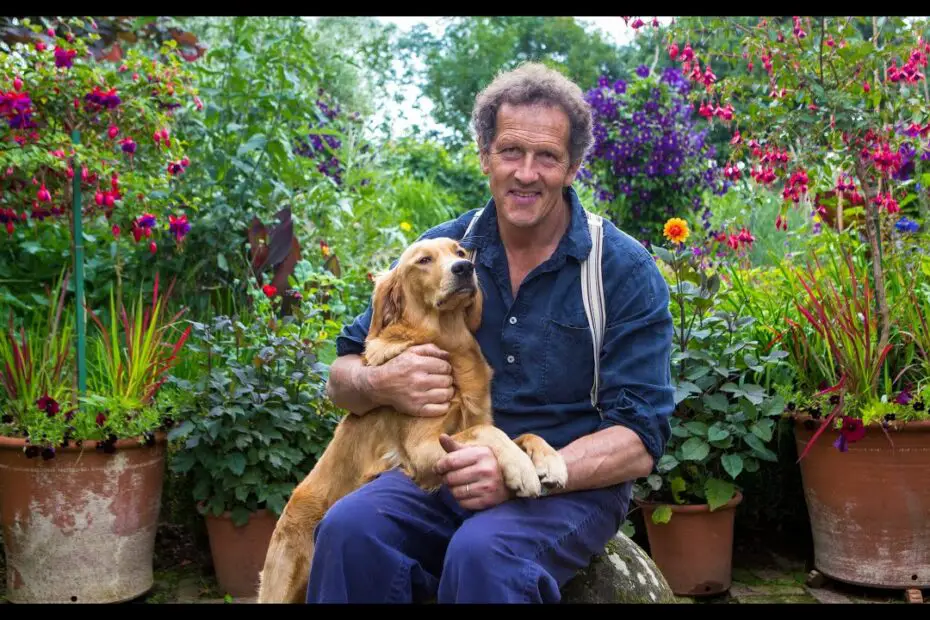Monty Don, a revered gardening expert, offers a treasure trove of insights for those looking to elevate their garden spaces with practical tips and innovative methods. In his monthly gardening blog, he shares his wisdom on various subjects, including the best times to mow your lawn.
While many gardeners have already started trimming their lawns to keep the grass in check, Monty Don suggests holding off until June 21st. At his own garden at Longmeadow, he explains that he only mows pathways during this period, allowing the rest of the grass to grow tall and blend harmoniously with spring bulbs and wildflowers.
Despite delaying mowing for ecological reasons—such as supporting springtime flora and fauna—the 68-year-old gardener underscores the importance of timing when it comes to cutting long grass. He advises that no mowing should occur before June 21st. This delay allows bulb foliage to die back naturally, which is crucial for nourishing next year’s growth and blooms. As for the grass itself, Monty mentions that it can be trimmed after June if weather conditions are favorable; however, he sometimes postpones mowing until mid-August.
Traditionally in May, rising soil temperatures spur rapid grass growth—a signal for many gardeners to start manicuring their lawns into neat green carpets. However, there’s a strong case for waiting: participating in No Mow May can make a significant difference.
A survey conducted by Plantlife in 2019 revealed that most gardeners mow their lawns every two weeks. By delaying this routine maintenance through No Mow May—a campaign launched by conservation charity Plantlife—you can provide essential support not just to UK pollinators but also to birds and other wildlife dependent on them.
The No Mow May initiative encourages gardeners to keep their mowers idle throughout May so that spring plants have time to set seed before being cut down. This practice leads not only to healthier lawns but also promotes greater biodiversity within your garden space.
Additionally, refraining from mowing during this extended period allows wild plants more time to establish themselves in early summer—offering vital nourishment for bees, butterflies, and other pollinators as they prepare for the warmer months ahead.
When it comes time finally trim long grass later in summer months like July or August—Monty stresses an important step: collect all clippings immediately after cutting them down! Leaving clippings behind could enrich soil nutrients too much leading thicker coarser grasses taking over delicate flowers’ territory instead!
Between late June through August weekly lawn-mowing becomes advisable since growth tends stabilize especially when moisture levels drop due drier weather patterns typical these months—but remember if drought conditions persist consider pausing altogether letting nature take its course until rains return rejuvenate parched earth beneath our feet!
